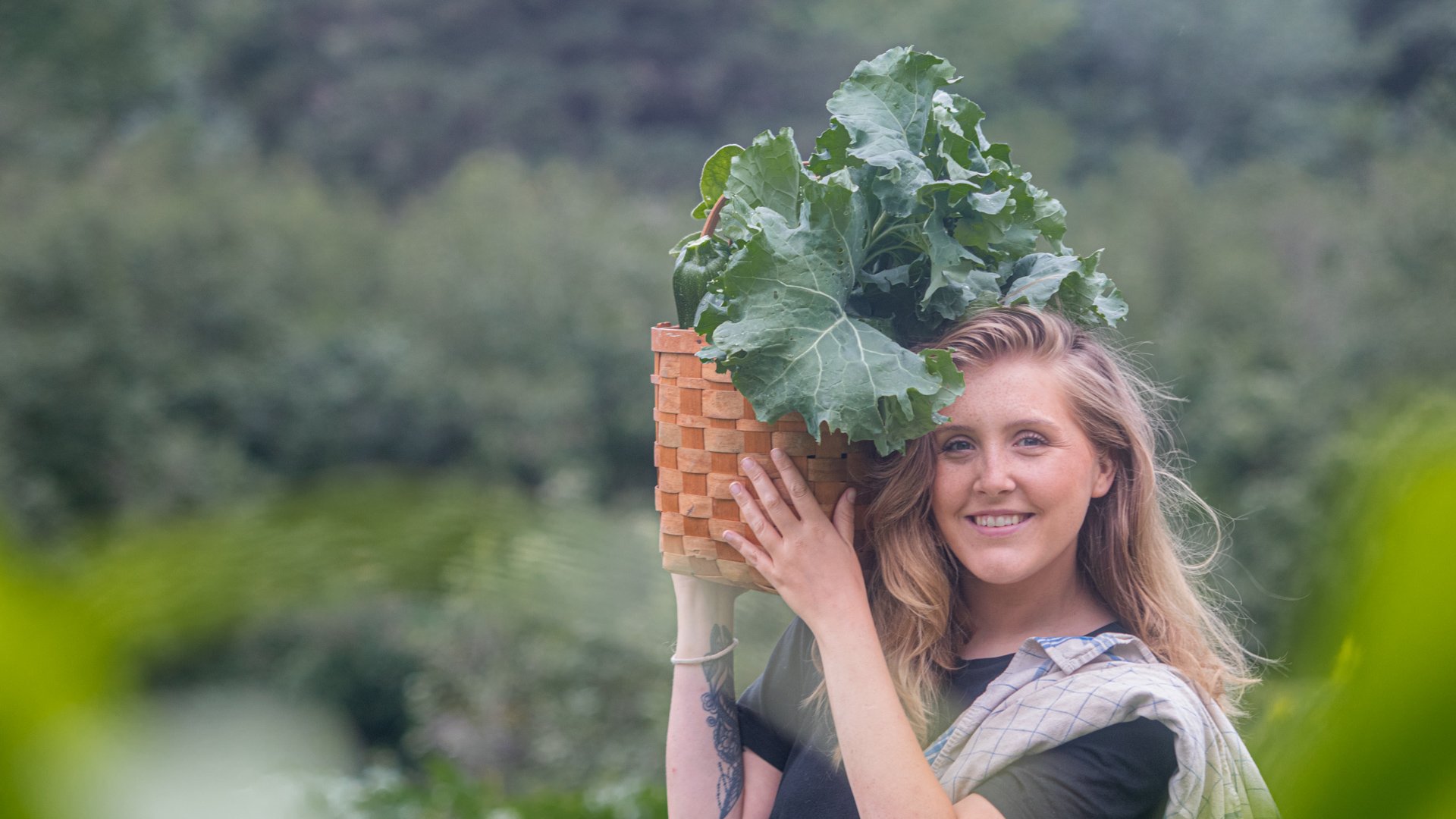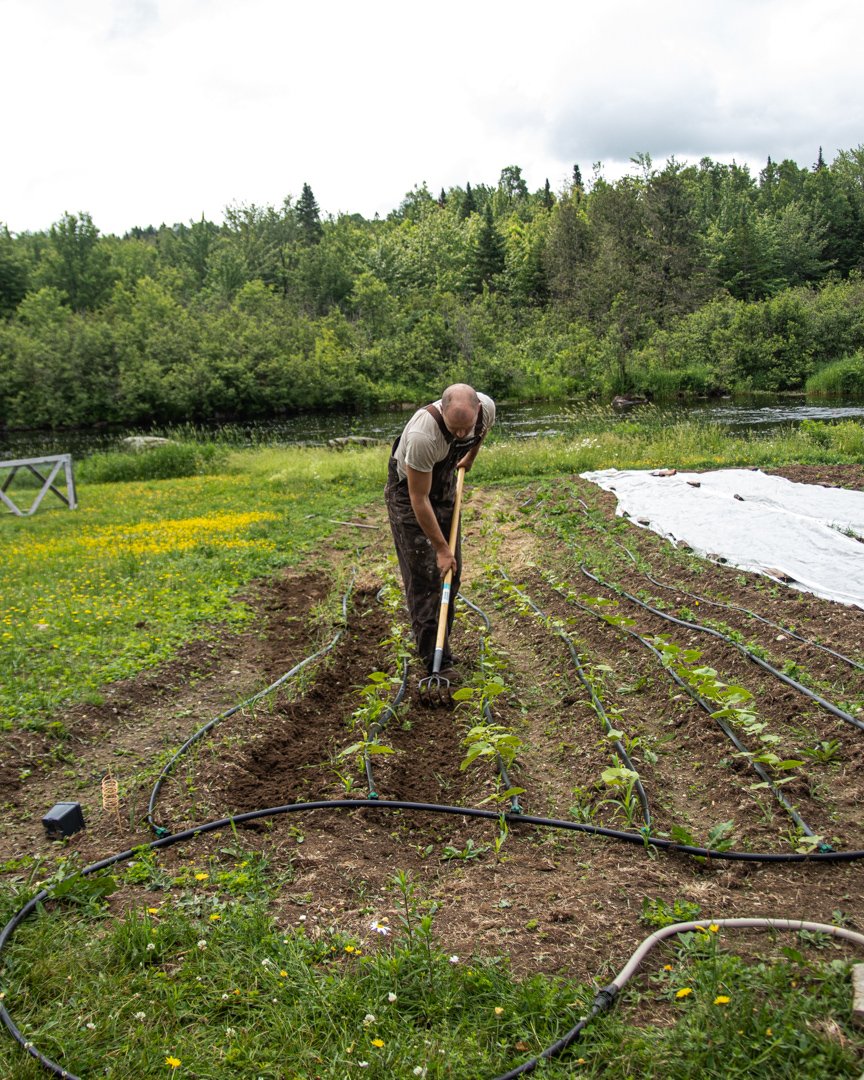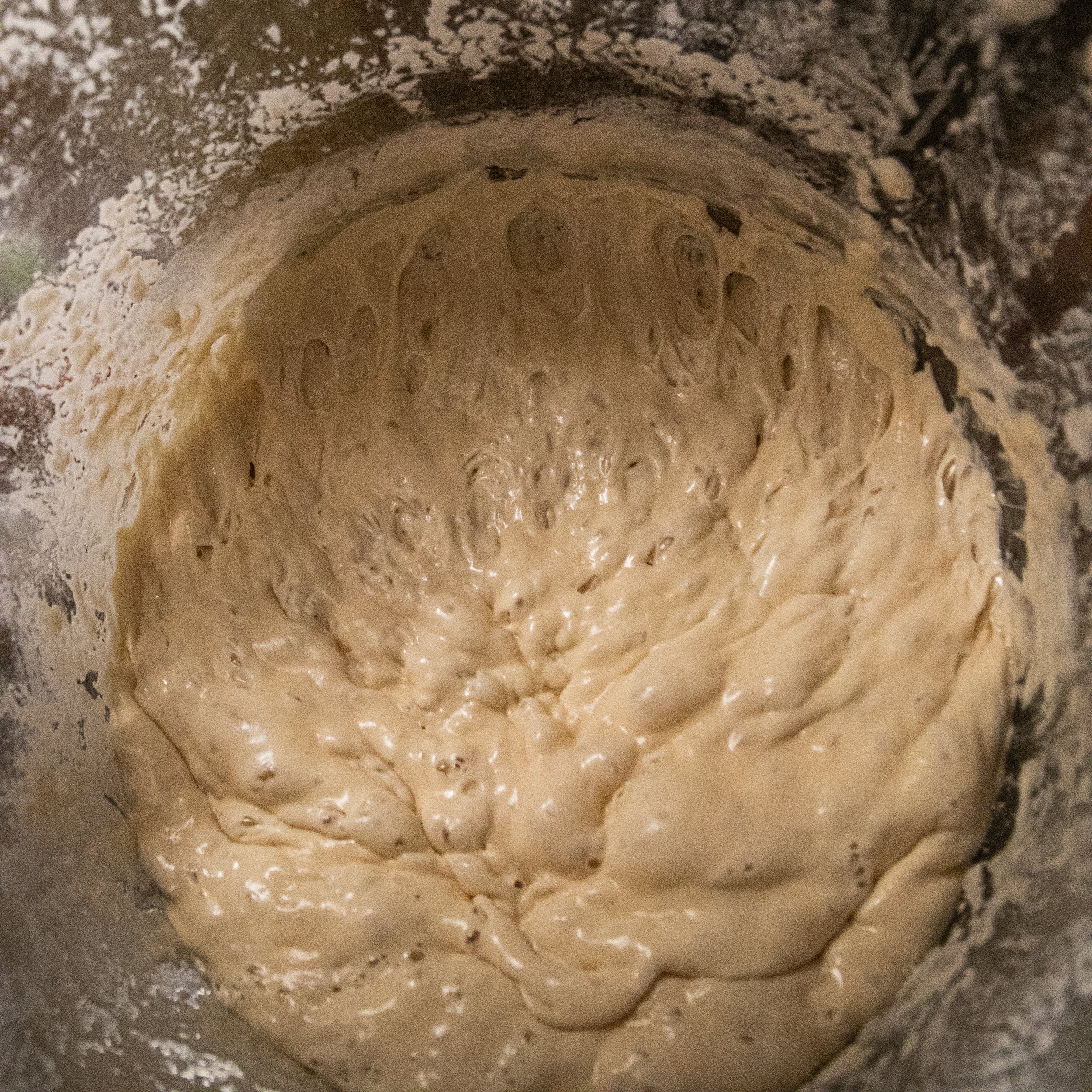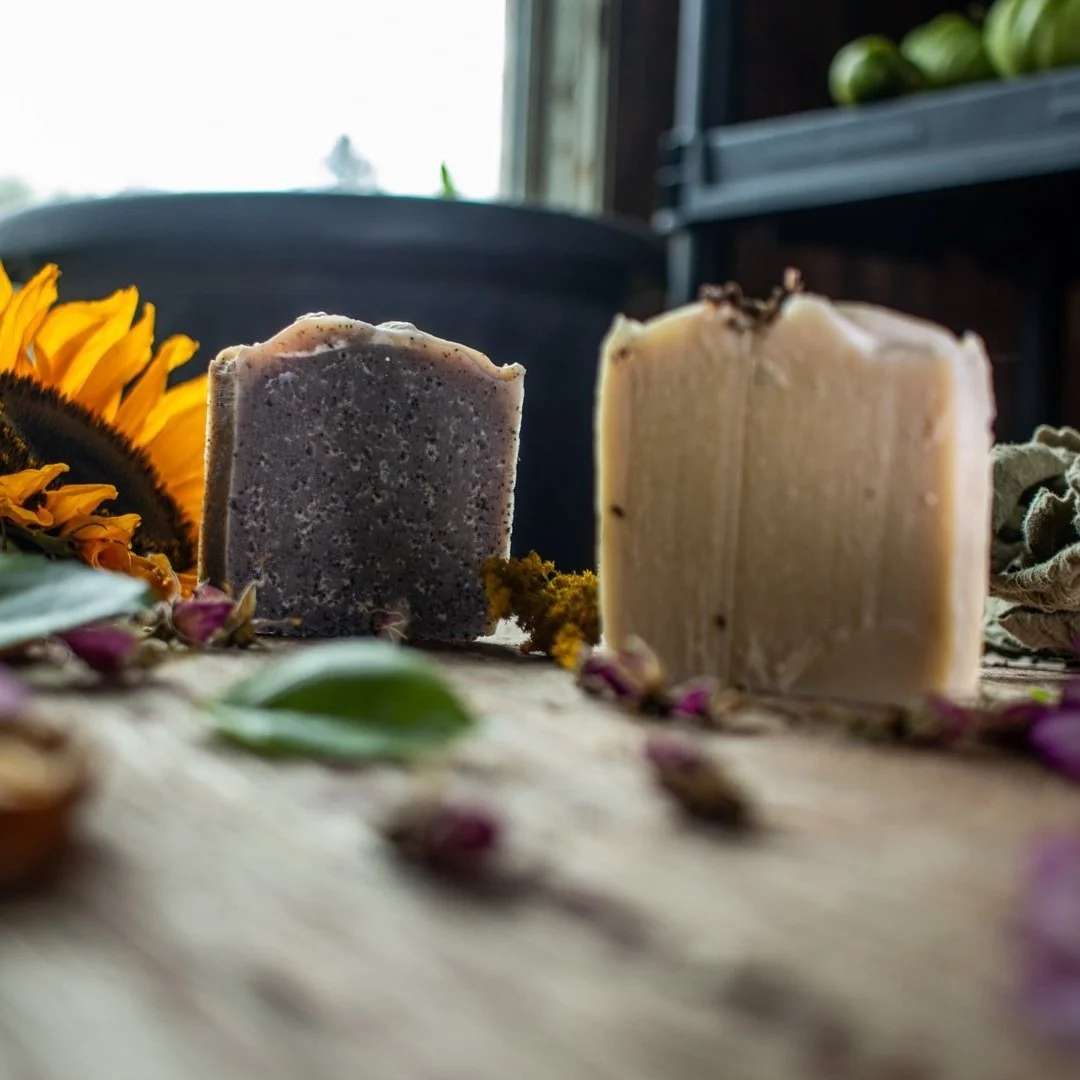How to garden in a Cool Climate
Welcome to the winter wonderland of New Brunswick, Canada, where the winters are long, and the growing season is short. While some may shy away from gardening in such chilly conditions, adventurous green thumbs know that with the right strategies, gardening in a cold climate can be incredibly rewarding. Let’s break it down for you so it isn’t so overwhelming:
Starting Seeds Indoors:
In a cold climate like, the growing season is limited, making it essential to get a head start on your garden by starting seeds indoors. Here are some key tips to ensure success:
1. Timing is Everything: Start your seeds indoors (select kinds. Some veg does best direct sowed outdoors!) well before the last frost date, typically around 6-8 weeks prior. Consult a local gardening calendar or extension service for specific dates tailored to your region.
2. Create the Ideal Environment: Seeds need warmth, moisture, and light to germinate successfully. Invest in a quality seed starting mix, provide consistent moisture (but avoid overwatering), and place trays or pots in a warm location, such as near a south-facing window or under grow lights.
3. Patience and Observation: Keep a close eye on your seedlings as they emerge. Adjust watering and lighting as needed, and be patient as they grow. Thin out weaker seedlings to give the strongest ones room to thrive.
Here's a list of vegetable seeds that you can start indoors to get a head start on your gardening season:
1. Tomatoes (varieties such as Early Girl, Manitoba, Siberian, or Stupice are good for short seasons)
2. Peppers (both sweet and hot varieties like Bell peppers, Jalapeños, or Hungarian Wax)
3. Cabbage (early varieties like Copenhagen Market or Early Jersey Wakefield)
4. Broccoli (early-maturing varieties such as Calabrese)
5. Cauliflower (try Snowball varieties for quick growth)
6. Brussels sprouts (varieties like Long Island Improved or Churchill)
7. Cucumbers (compact varieties suitable for containers or early maturing varieties like Early Pik)
8. Melons (compact or early varieties like Cantaloupe, Honeydew, or Sugar Baby watermelon)
9. Onions (If starting from seed, start early! Feb 1st is our go-to)
10. Herbs (such as basil, parsley, cilantro, or dill)
These are just a few options to consider, but there are many more vegetables and herbs that can be started indoors. Make sure to choose varieties that are well-suited to your climate and growing conditions for the best results.
Preparing for Outdoor Planting:
Once the threat of frost has passed, it's time to transplant your seedlings into the great outdoors. But in a cold climate, there are some additional steps to consider:
1. Harden Off Seedlings: Before transplanting, gradually acclimate your seedlings to outdoor conditions by exposing them to increasing amounts of sunlight and outdoor temperatures over the course of a week or two. This helps prevent shock and ensures they're ready for life in the garden.
2. Choose Cold-Hardy Varieties: Opt for vegetable and flower varieties that are well-suited to cooler temperatures and shorter growing seasons. Look for terms like "early-maturing," "cold-tolerant," or "frost-resistant" when selecting seeds or transplants.
3. Extend the Growing Season: Make use of season-extending techniques like cloches, row covers, or cold frames to protect tender plants from late spring frosts or to prolong the growing season into the fall. These simple structures can make a big difference in maximizing your harvest.
Caring for Your Cold Climate Garden:
Once your garden is planted, ongoing care is crucial for success. Here are some tips for nurturing your cold climate garden:
1. Monitor Weather Conditions: Stay vigilant for sudden temperature drops or unseasonable frosts, especially in the spring and fall. Be prepared to cover sensitive plants or bring containers indoors if frost is forecasted.
2. Mulch for Insulation: Apply a layer of organic mulch, such as straw or shredded leaves, around plants to help regulate soil temperature, retain moisture, and suppress weeds. Mulching also provides a cozy blanket of insulation for plant roots during cold snaps.
3. Water Wisely: Even in cooler weather, plants still need adequate moisture to thrive. Water deeply and infrequently, aiming to keep the soil consistently moist but not waterlogged.
Gardening in a cold climate presents unique challenges, but with careful planning, patience, and a touch of creativity, it's entirely possible to cultivate a thriving garden. By starting seeds indoors, choosing cold-hardy varieties, and implementing season-extending techniques, you can enjoy a bountiful harvest despite the frosty conditions. So bundle up, grab your gardening gloves, and let's embark on this chilly adventure together!

































